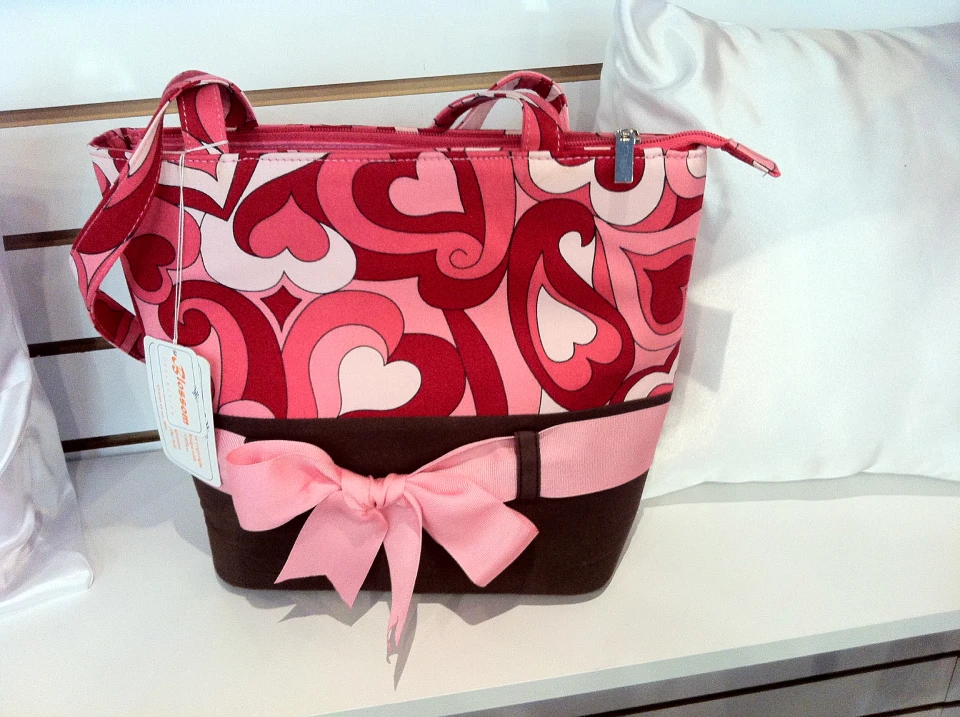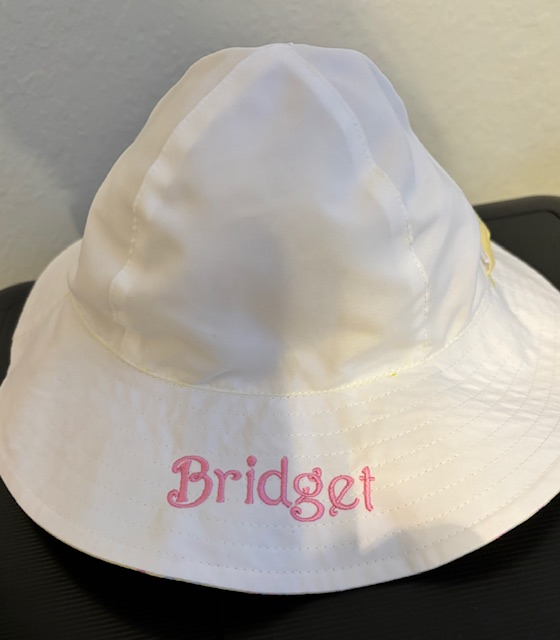The Art of Personalized Embroidery: Unlocking the Keys to Creating Distinct and Memorable Designs
The keys to developing personalized needlework designs that astound the eye and leave a lasting impression lie in a fragile balance of strategy, imagination, and focus to information. As we dig into the globe of personalized needlework, we uncover the nuanced interplay in between string option, stitch intricacy, and style personalization that raises a plain garment to a work of art.
Picking the Right Needlework Threads
When picking embroidery threads, what crucial factors should you take into consideration to ensure the most effective outcomes for your custom designs? The choice of embroidery thread is essential in determining the final outcome of your embroidered design. One of the primary considerations is the product of the string. Various materials such as cotton, polyester, rayon, and silk supply differing levels of luster, sturdiness, and structure. It is vital to select a string material that complements the fabric you are stitching on and aligns with the preferred appearance of the design.
In addition, the weight or density of the thread plays a significant duty in the appearance of the needlework. Thicker strings can add dimension and structure to your style, while finer strings are optimal for intricate details and little text. In addition, taking into consideration the color fastness and washability of the thread is crucial to make certain that your custom-made layouts preserve their top quality and vibrancy gradually. By thoroughly examining these aspects and choosing premium strings that meet your particular requirements, you can enhance the visual appeal and durability of your stitched creations.
Checking Out Various Stitch Strategies
To look into the realm of 'Checking out Various Stitch Methods', one have to understand the details and nuances that each stitching method gives the art of needlework. Various stitch methods not just include visual interest but likewise add to the overall structure and measurement of the layout. One prominent stitch technique is the satin stitch, which involves carefully packed parallel stitches to create a smooth and glossy surface, ideal for loading in shapes and developing bold details.
On the other hand, the backstitch is a functional technique frequently utilized for laying out and adding fine details. It includes stitching backward to develop a solid line of embroidery. In addition, the French knot stitch includes a tactile aspect to styles, perfect for creating distinctive accents like blossom centers or decorative touches.
Discovering various stitch techniques enables embroiderers to play with light, shadow, and deepness within their styles, raising the aesthetic charm and artistic top quality of their needlework jobs. By understanding various sewing techniques, one can unlock endless possibilities for creating unique and unforgettable customized embroidery items.
Incorporating Personalized Style Components
Having discovered the details of various stitch strategies such as the satin stitch, backstitch, and French knot, the focus now shifts in the direction of including customized layout components in personalized needlework projects. Personalized design components play school uniforms an important role in making embroidery jobs absolutely unique and memorable.
An additional method to integrate individualized layout aspects is by including signs or concepts that hold special meaning to the recipient or reflect their passions and character. Integrating a favorite blossom, pet, or hobby-related symbol can make the needlework design extra meaningful and individualized. In addition, picking shades that resonate with the recipient or align with the designated motif can further improve the customization of the embroidery job.
Mastering the Art of Color Coordination

One secret aspect of shade sychronisation is recognizing shade theory. This consists of recognizing just how different shades engage with each other, the emotions they communicate, and exactly how they can be integrated to produce visually enticing designs. By applying color concept concepts, embroiderers can develop unified color combinations that enhance the general look of the style.
Additionally, taking notice of comparison is vital in color sychronisation. Utilizing contrasting colors can help particular aspects of the design pop, improve readability, and develop an aesthetically dynamic needlework piece. By understanding the art of shade control, embroiderers can raise their designs and develop unforgettable items that reverberate with clients and visitors alike.
Enhancing Structure With Advanced Needlework Stitches

French knots, as an example, are best for including little, raised dots to your design, resembling the appearance of beads or creating a distinctive surface. Bullion knots, on the other hand, can be made use of to create twisted, ropelike elements that include an elegant feeling to the embroidery. Seed sewing includes tiny, scattered stitches that can fill out locations with a speckled structure, while turkey job develops fluffy, dimensional accents similar to pet fur or vegetation. Explore these advanced needlework stitches permits you to push the limits of traditional embroidery and produce truly unique and visually attractive textures in your styles.
Verdict
To conclude, the art of custom-made needlework entails a mix of selecting the best threads, discovering different stitch techniques, integrating customized layout aspects, understanding shade sychronisation, and enhancing appearance with innovative stitches. By recognizing and applying these crucial elements, embroiderers can produce unique and memorable layouts that display their imagination and ability. Embroidery enthusiasts can unlock the secrets to developing stunning and bespoke items that attract attention and leave a lasting impression.